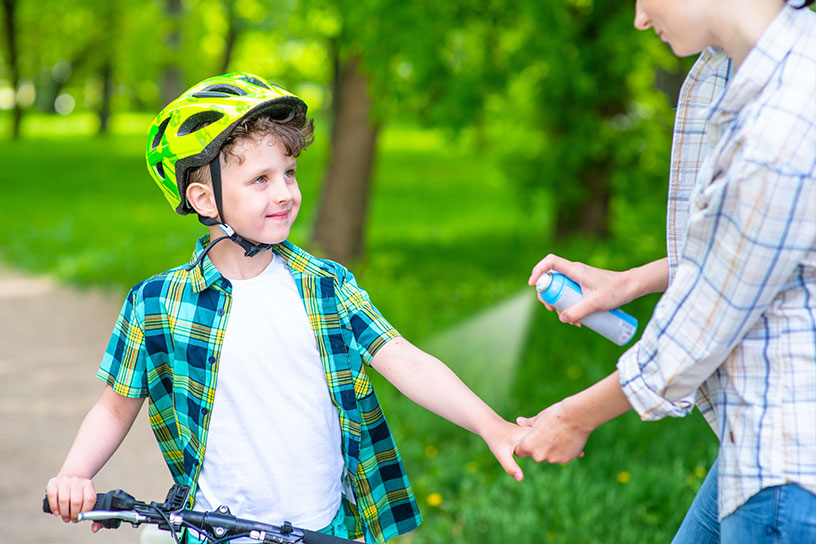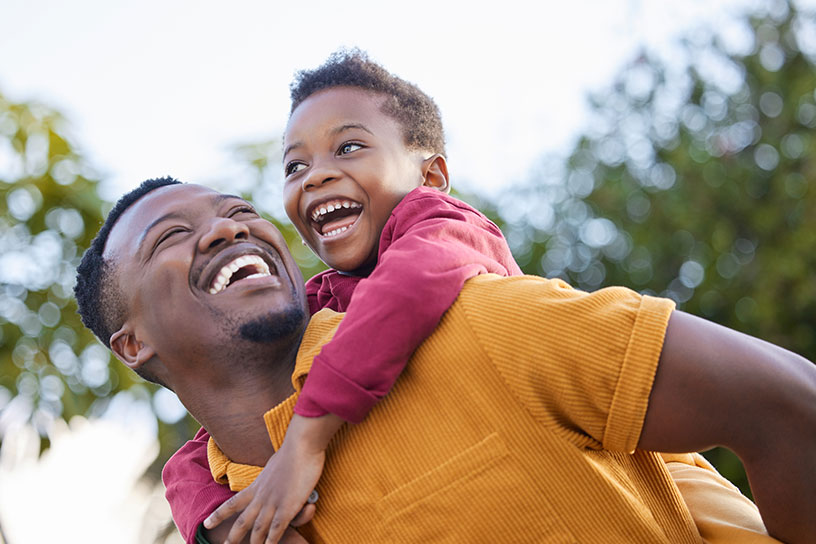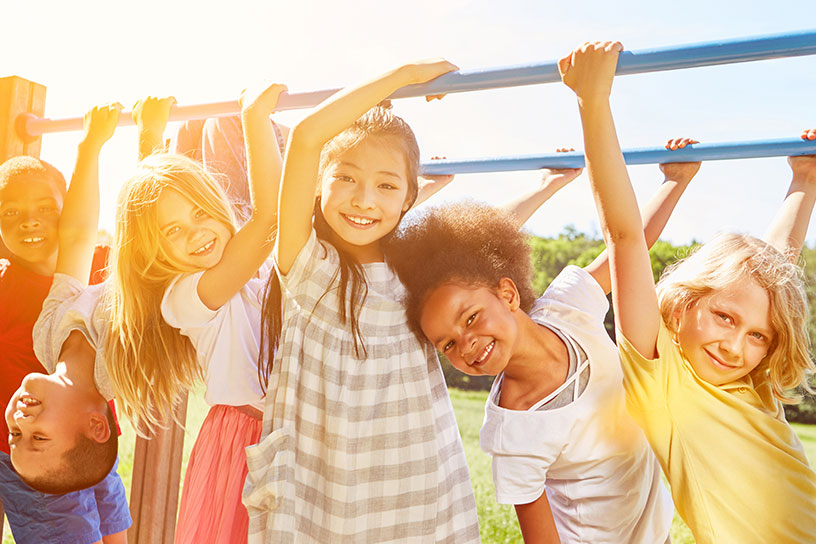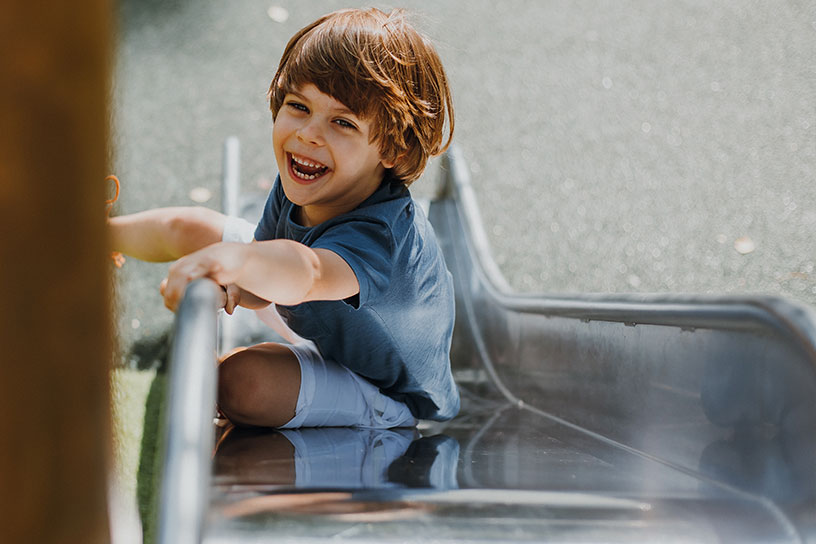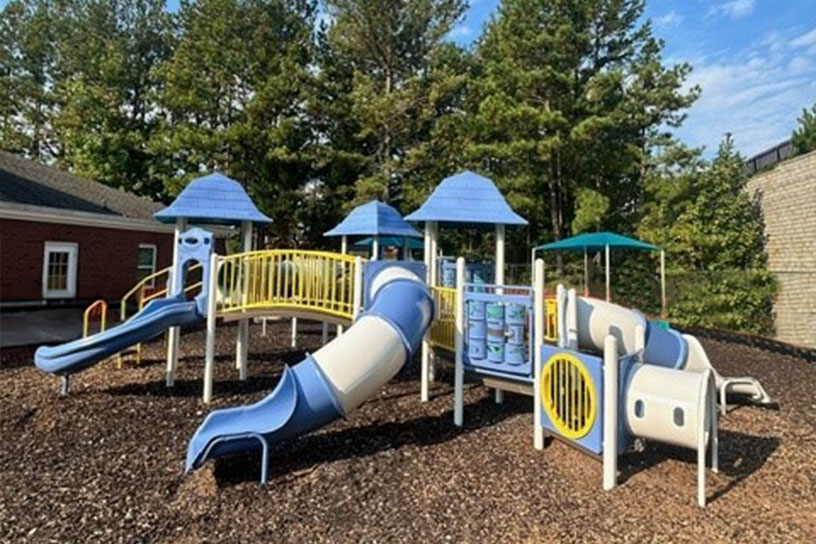A safe playground surface is key to preventing injuries and accidents. But unfortunately, the budget doesn’t always allow for the top-of-the-line options that you hope for. Today we’re taking a look at the most affordable playground surfaces that provide a safe play space and effective impact absorption.
Factors for Playground Surface Pricing
If you’re looking for affordable playground surfaces, these three factors affect pricing the most:
- Type of Surface: Unitary surfaces are almost always more expensive than loose-fill surfaces.
- Fall Height: Fall height determines the depth of surfacing for impact attenuation. The higher the critical fall height, the thicker and more shock-absorbing the surfacing will need to be.
- Area to be surfaced: Size, total square footage, and shape of the area that requires safety surfacing.
Non-compliant Playground Surfaces
Before we talk about our favorite affordable playground surfaces, it’s important to mention non-compliant playground surfaces that are not so safe. Dirt, grass, sand, and pea gravel are never good choices for playground surfaces. These options will fail impact testing and may result in more serious injuries if used as playground surfacing.
Our Top 5 Safe & Affordable Playground Surfaces
These five surfaces (when installed and maintained properly) will provide a safe landing for children at play. We’ve organized them from cheapest to most expensive to help you make an informed decision when choosing a playground surface.
Please note: The pricing below is an estimate and can vary significantly depending on your location, and does not include substrate or drainage.
- Rubber Mulch
Estimated cost of rubber mulch: $5-6 per sq. ft. materials only
Rubber mulch is one of the most affordable playground surfaces on the market. It provides a safe landing area, is available in a variety of colors, and is typically made of recycled materials. The downside of rubber mulch is that it can be displaced easily and needs to be raked and/or refilled frequently to maintain appropriate depths. While it is very affordable up front, it can be costly in the long run.
- Rubber mulch must comply with ASTM F3012, which sets the standard for loose-fill rubber surfacing materials for residential and commercial playgrounds.
- Ensure the rubber mulch is tested for critical fall heights as per ASTM F1292, which assesses impact attenuation.
- Engineered Wood Fiber
Estimated cost of EWF: $3-5 per sq. ft. materials only
Engineered wood fiber (EWF) is an affordable, non-toxic, recyclable, and natural material, creating an attractive appearance that blends well with outdoor environments. This is not to be confused with traditional wood mulch. Unlike wood mulch, which may consist of rough pieces of wood and tree bark, EWF is processed and contains only the wood inside of the tree. This means it’s softer, less likely to cause splinters, and safer overall. Like rubber mulch, EWF also needs to be raked and refilled regularly, which can add to its total cost over time.
- Standards: EWF should meet the specifications outlined in ASTM F2075 for wood fiber used in playgrounds.
- Compliance: Like rubber mulch, EWF must also comply with ASTM F1292 to ensure it provides adequate impact attenuation.
- Interlocking Rubber Tiles
Estimated cost: $22-28 per sq. ft. installed no substrate
Interlocking rubber tiles are another great playground surfacing option that satisfies many needs. In some ways, they offer the best features of both loose-fill and unitary rubber playground surfaces. It is recommended that these are installed by a certified playground installation company.
They don’t require any topping off over time, and you can easily replace damaged tiles without replacing your entire playground surface. They also come in several different colors. For the extra cost of rubber tiles designed for playground use, you get a surface that is easy to clean, durable, and requires minimal maintenance.
- Standards: Interlocking rubber tiles must comply with ASTM F1951 for accessibility of surfaces and ASTM F1292 for impact attenuation.
- Compliance: Ensure the tiles meet the critical fall height requirements for the specific playground equipment being used.
- ADA Compliance: These tiles provide a smooth, stable, and firm surface that easily meets ADA standards for accessible design, making them suitable for all users.
- Artificial Turf
Estimated cost: $22-35 per sq. ft. installed
Artificial turf is becoming more and more popular in sports fields across the country. And, when installed properly, it can be a safe and affordable surface for your playground equipment. Turf comes in a variety of colors, but traditional green is typically the most cost-effective. Artificial turf is easy to clean and maintain, requiring minimal upkeep compared to natural grass, and provides a smooth and even surface that is accessible for children with mobility aids such as wheelchairs. Installation must be done by the manufacturer’s professional installation team.
If you operate a school or recreation department that uses turf elsewhere, you may be able to get a deal on turf for your playground. Just be sure to double-check that it is designed for playground use and will pass impact tests.
- Standards: Artificial turf must meet ASTM F1951 for accessibility and ASTM F1292 for impact attenuation.
- Compliance: Ensure the infill and base layers are properly installed to provide consistent impact attenuation and accessibility.
- ADA Compliance: When properly installed, artificial turf provides a level and stable surface that is ADA-compliant, making it accessible for individuals with mobility aids .
- Poured-in-Place Rubber
Estimated cost: $22-32 per sq. ft. installed does not include substrate materials
Poured-in-place rubber may be expensive upfront – but it can be a great option when it comes to affordable playground surfaces in the long run. Unlike the other loose-fill options, poured-in-place rubber is a unitary surface. It requires very little upkeep and can last 10-15 years with minimal maintenance. Pricing may vary depending on colors and depth. Installation must be done by the manufacturer’s professional installation team.
When you consider the cost of topping off your loose-fill surface and the maintenance involved, you might find that a more expensive surface option is your best investment. Poured-in-place rubber is great for theme, adding logos and other graphics into your playground surfacing and add play value to your play space.
- Standards: PIP rubber surfaces must comply with ASTM F2479, which specifies the standards for poured-in-place rubber surfaces for playgrounds.
- Compliance: As with other surfaces, PIP rubber must meet ASTM F1292 for impact attenuation and ASTM F1951 for accessibility.
- ADA Compliance: PIP rubber surfaces offer excellent ADA compliance due to their seamless, smooth finish, which is accessible for wheelchairs and other mobility aids .
Which Affordable Playground Surface Is Best for My Playground?
All playground safety surfacing has its pros and cons. Whichever option you choose will need to be inspected and tested regularly to make sure it maintains the proper impact attenuation.
If you opt for a unitary surface, you’ll also need to budget for the proper substrate. Always address drainage issues and concerns before installing and use a certified installer.
Not sure if your current playground surface is safe for children at play? Playground Guardian offers state-of-the-art surface impact testing to be sure.

